-
FREE MEMBER
NO Posting or PM's Allowed

Further digging
I have done some more digging. These characters are definitely not related to Chinese. I searched them all against every Chinese character that exists, at least those compiled on an "exhaustive" list online, and none of them matched. I think you're right about the vertical line still acting as a long vowel mark, as websites I have found have said that it can be written either vertically or horizontally. All translations I have gotten to that effect, other than yours, including online translators, Patrick Chadwick, have come out to AZĀTON or AZAATON in romanji, translated to Atherton in English. The translation of ザin every location I have checked (3 or 4 online) comes to z or za.
ア a
ザ za
ー (acting as a second a)
ト to
ン n
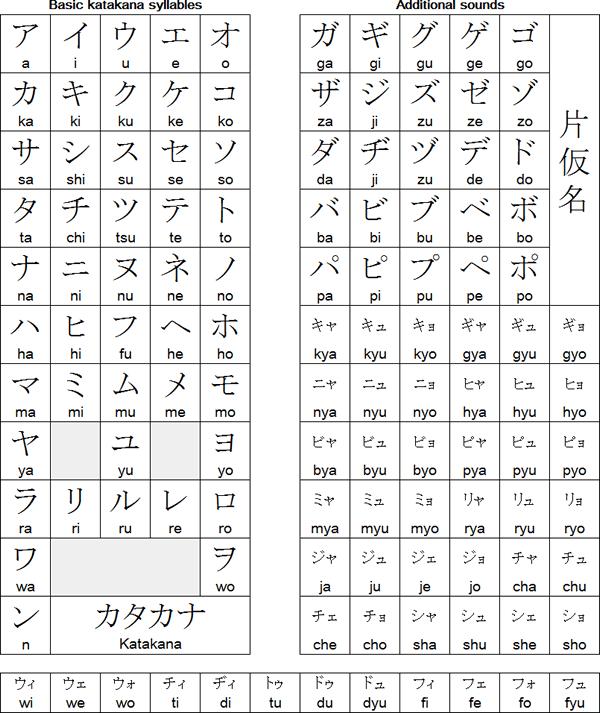
This website does mention the long vowel mark being used interchangeably in either vertical or horizontal form: http://www.japanesewithanime.com/201...ound-mark.html
Additionally, according to C&Rsenal, the 10,000 rifles sent to China as a part of lend-lease were shortened into carbines, with a 22" barrel, because the Chinese were having problems handling the full-length rifle. I have measured my barrel again to be sure, and it is the standard 26".
Although, still, none of this makes me any expert of any kind. Thank you all again for your input thus far.
Last edited by xb0xisbetter; 07-28-2017 at 03:22 PM.
-
07-28-2017 02:22 PM
# ADS
Friends and Sponsors

-
Legacy Member

This may be dumb theory but you said the rifle was sporterized could this be a mark of a company in japan that my have sporterized the rifle
-
-
Advisory Panel


Sorry chaps, I slipped again (I blame it on my glasses!) It's Azaaton, not Azaatono.
However, I am still not happy with the reverse Anglicization as Atherton, as the Anglo-american "er" is definately not a long "aa", but a short vowel "uh" (sorry, no phonetic script available).
Regardless of the interpretation of the markings, we are still left with the fundamental questions:
1) Why mark the rifle in a place that cannot be seen unless the rifle is dismantled?
2) Why mark a part that is not important for basic functionality (such as barrel, receiver, bolt)?
3) And why mark that part twice?
Last edited by Patrick Chadwick; 07-30-2017 at 05:39 PM.
Reason: Correction, Azaaton , nor Azaatono
-
-
FREE MEMBER
NO Posting or PM's Allowed

Rice 123, were there companies that were mass sporterizing M1917s in Japan? I knew of only mostly Winchester and/or Remington doing it, since they had made the rifles to begin with, and had plenty of parts and know-how to turn them into nice sporters. My guess is that it was not sporterized by a company. If it was, someone did a significant amount of custom work to the rifle some time after that, but I'll let the images of the alternating bluing, hand engraving, and hand checkering speak for themselves.
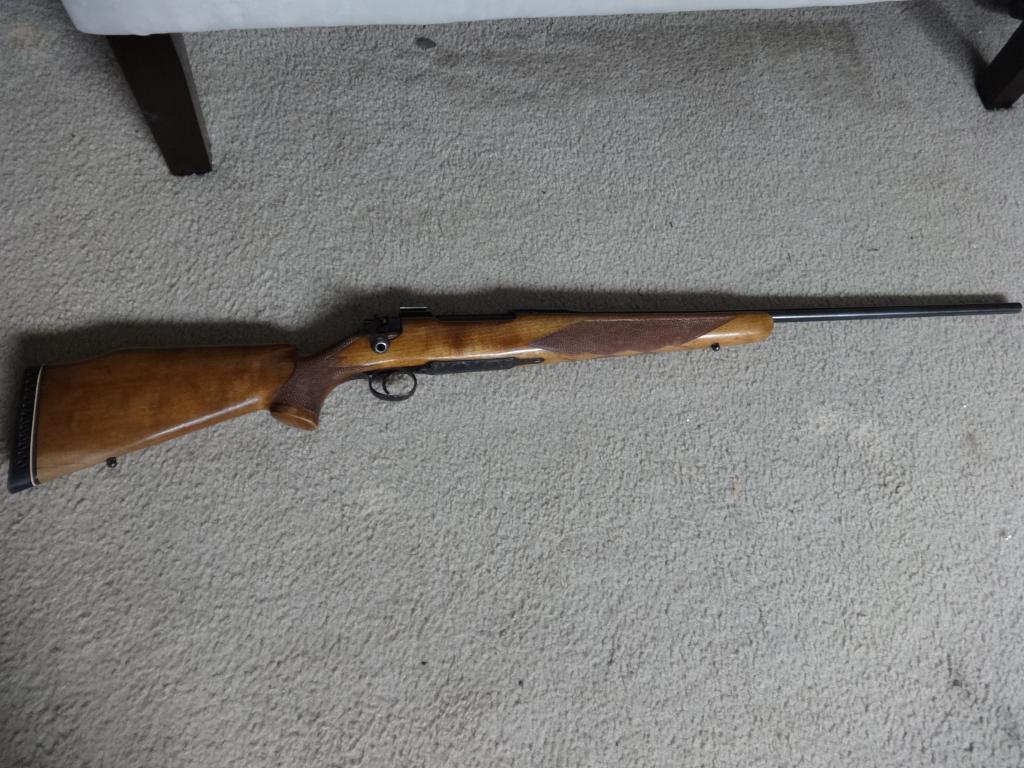
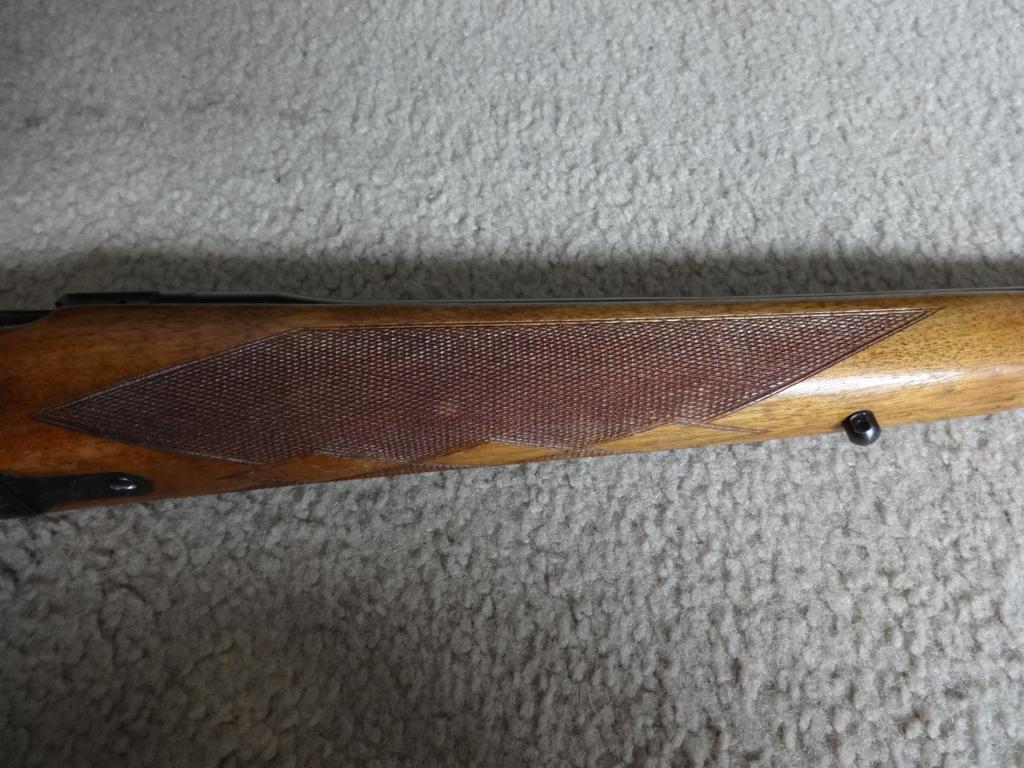
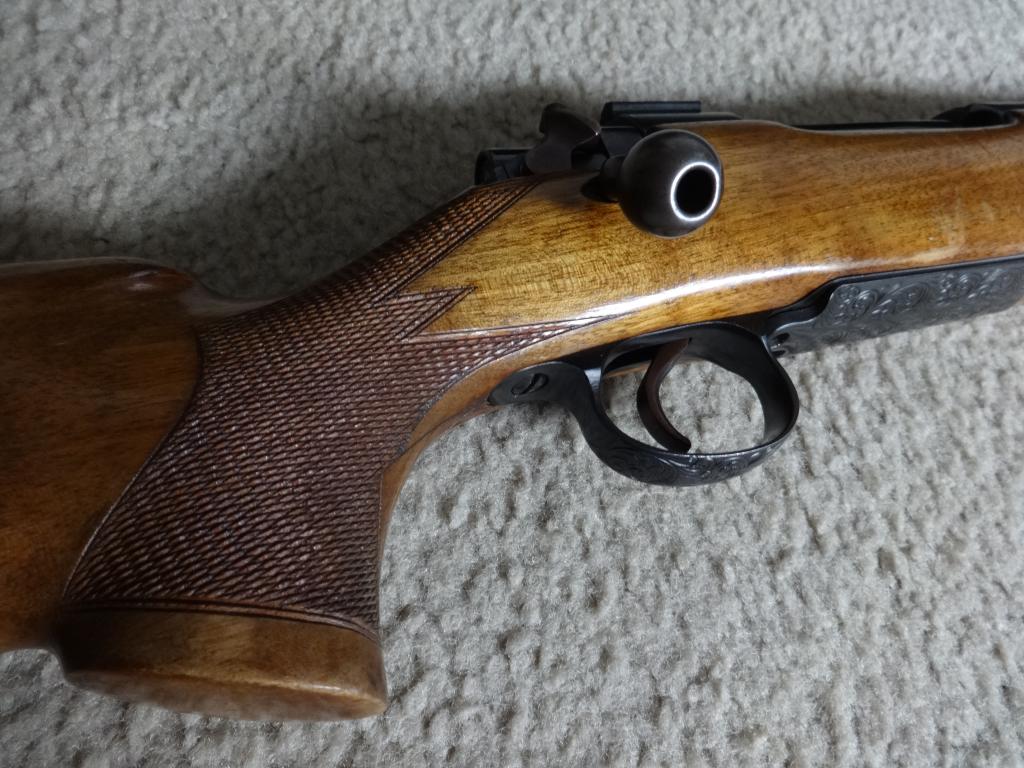
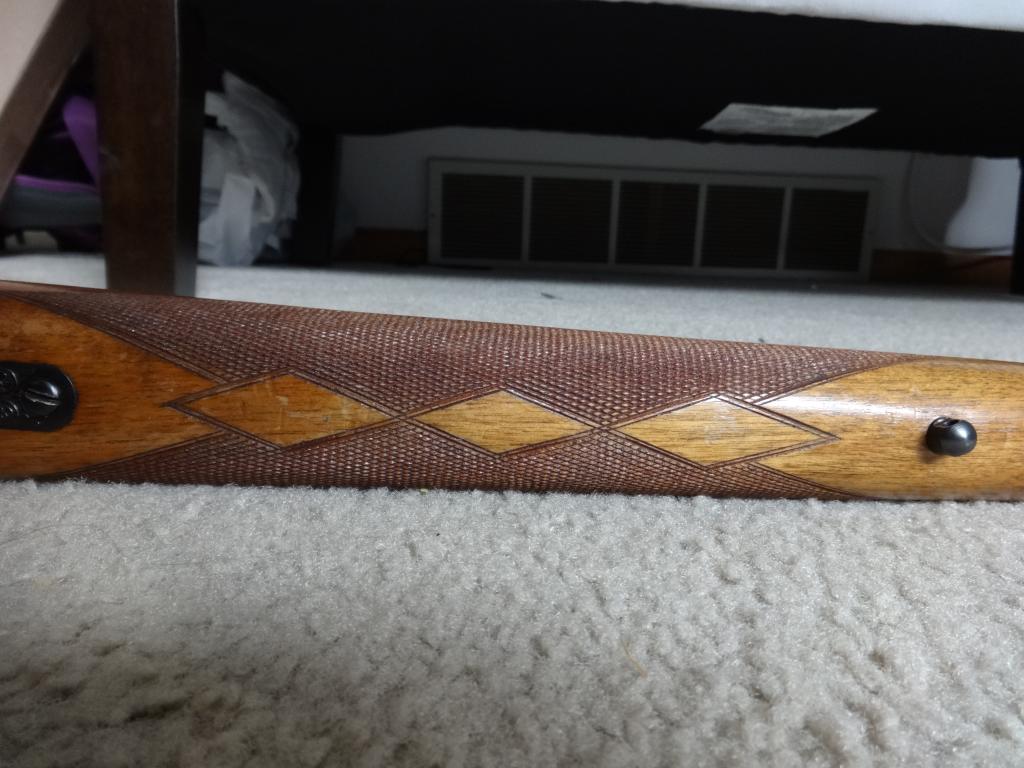
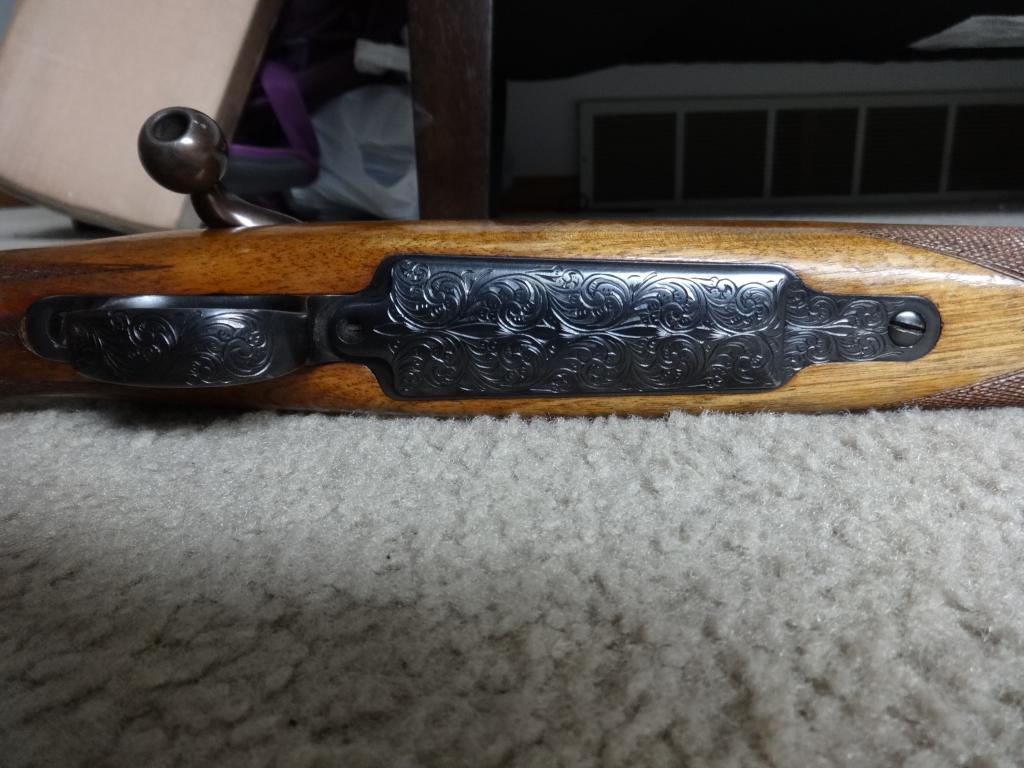
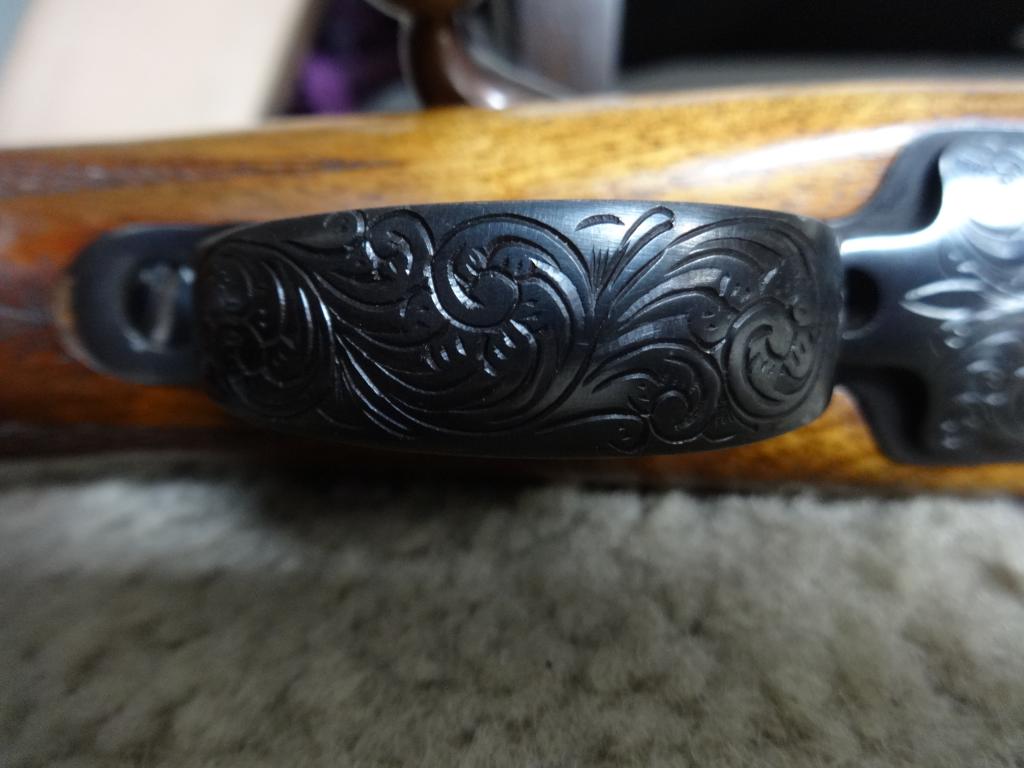
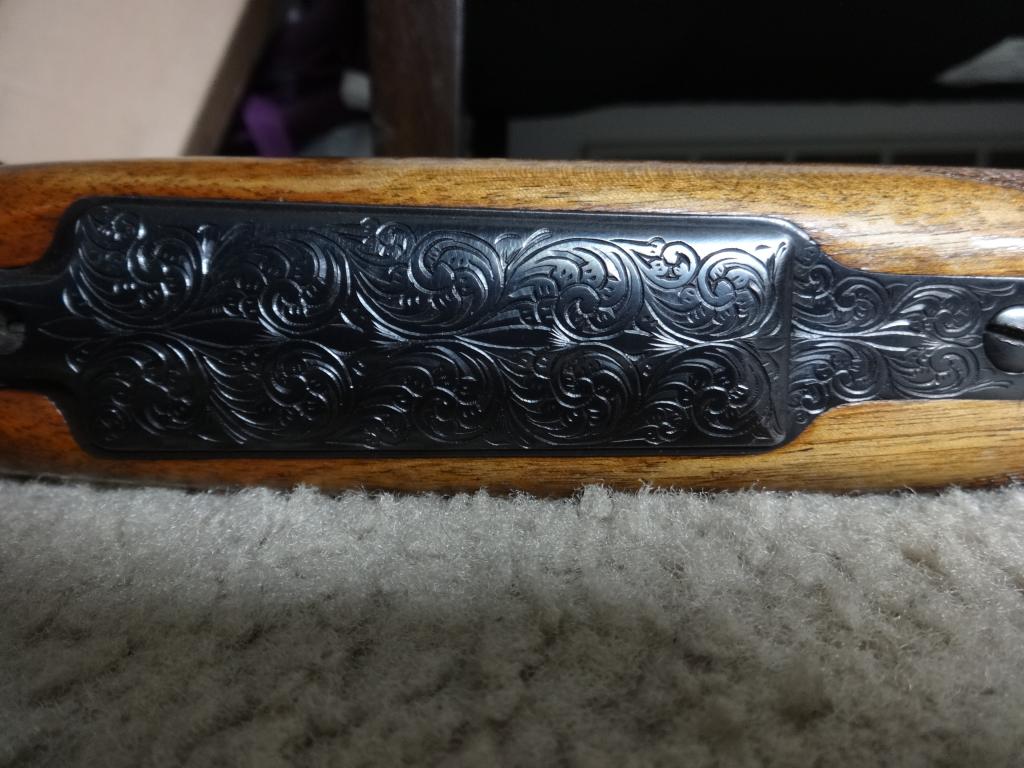
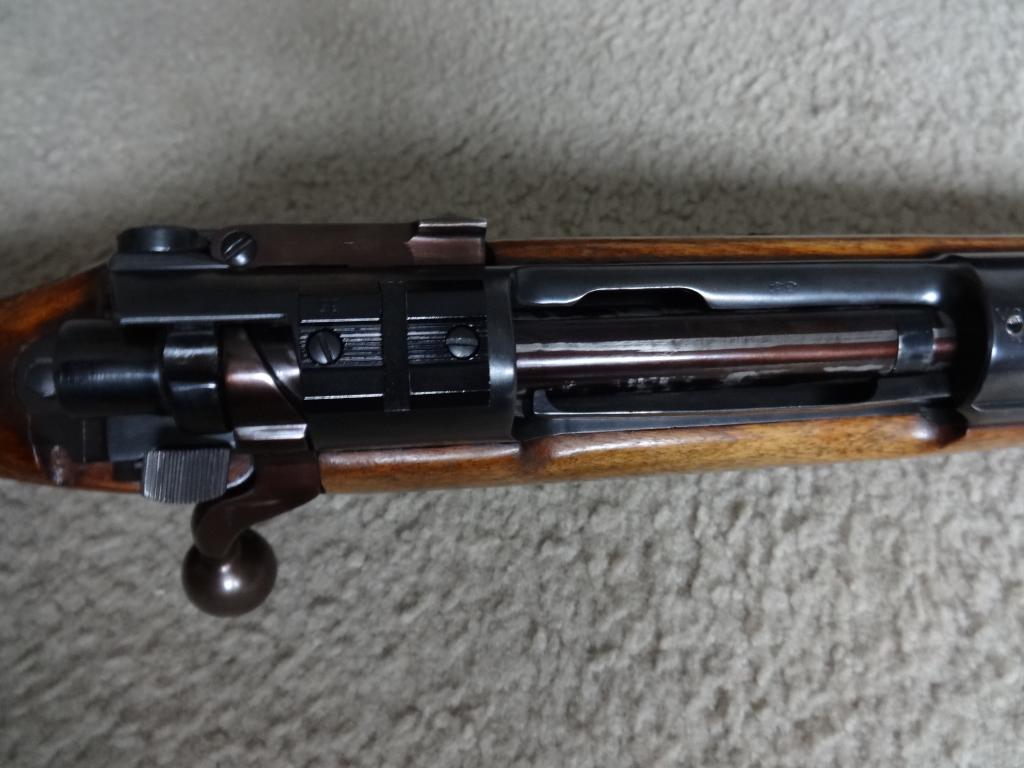
If that was done by a factory, it must have still been an extensive custom job. If that factory was Japanese , why would its mark be an Anglo-Saxon name and not a Japanese one? It would make more sense that it were an English gunsmith ... operating in Japan, plying his trade to the Japanese market, which seems pretty far-fetched to me, even before knowing that the laws regarding weapons in Japan literally begin with "No one shall possess a firearm or firearms or a sword or swords", with very few exceptions. From what I'm reading, private gun ownership has been, for all intents and purposes, outlawed in Japan for 3 centuries.
, why would its mark be an Anglo-Saxon name and not a Japanese one? It would make more sense that it were an English gunsmith ... operating in Japan, plying his trade to the Japanese market, which seems pretty far-fetched to me, even before knowing that the laws regarding weapons in Japan literally begin with "No one shall possess a firearm or firearms or a sword or swords", with very few exceptions. From what I'm reading, private gun ownership has been, for all intents and purposes, outlawed in Japan for 3 centuries.
Patrick Chadwick, your guess is as good as, or better than, mine. I think we're going to run into more questions than answers unless we stumble upon someone who knows exactly the situation in which this was done.
All we can be reasonably certain of right now is that whoever engraved that word on the rifle was Japanese. Does anyone know of any knowledgeable Japanese historians who might have at least some idea of the practices of Japanese arsenals who could shed some light on this?
-
-
-
Advisory Panel



Originally Posted by
fjruple

I believe the
Japanese
(sic) engraver just signed his work. Just my thoughts.
I'll bet that's it too...
-
-
FREE MEMBER
NO Posting or PM's Allowed

A Japanese engraver signed his work with a non-Japanese name? Why engrave it, in the largest/grandest way, into the barrel when there's no other engraving on the barrel?
engraver signed his work with a non-Japanese name? Why engrave it, in the largest/grandest way, into the barrel when there's no other engraving on the barrel?
That is good to know, however. It would make sense for Japanese and German engravers to be working on personal servicemen rifles immediately after the war.
engravers to be working on personal servicemen rifles immediately after the war.
-
Legacy Member

Maybe it is where the rifle has to go back to after being finished (in this case the Atherton?). In any case it looks nice
-
-
FREE MEMBER
NO Posting or PM's Allowed

I suppose anything, however unlikely, is possible. If we do say that maybe it was a Japanese engraver, marking an Anglo-Saxon name in Japanese, then the bluing still would have likely been done later, unless those who could engrave (outside of gunsmithing, since that market would pretty much not exist in Japan) could also blue metal parts in Japan.
engraver, marking an Anglo-Saxon name in Japanese, then the bluing still would have likely been done later, unless those who could engrave (outside of gunsmithing, since that market would pretty much not exist in Japan) could also blue metal parts in Japan.
As far as it being marked as such just for return to the correct ship, why would it be marked in a way in which the rifle had to be taken apart in order to double-check? Also, from what I am reading, it looks like the Atherton never actually directly visited mainland Japan until it was transferred directly to the Japanese.
It does look quite beautiful. I was surprised when it arrived.
-
Legacy Member

Is it possible that it was signed by whomever did the work in the typical humble style of the Japanese ? You will never see the makers name on a Samurai sword blade. It is always hidden beneath the grip. Perhaps this is the same thing? - Bill
? You will never see the makers name on a Samurai sword blade. It is always hidden beneath the grip. Perhaps this is the same thing? - Bill
-
The Following 2 Members Say Thank You to oldfoneguy For This Useful Post:
















 Register To Reply
Register To Reply


















